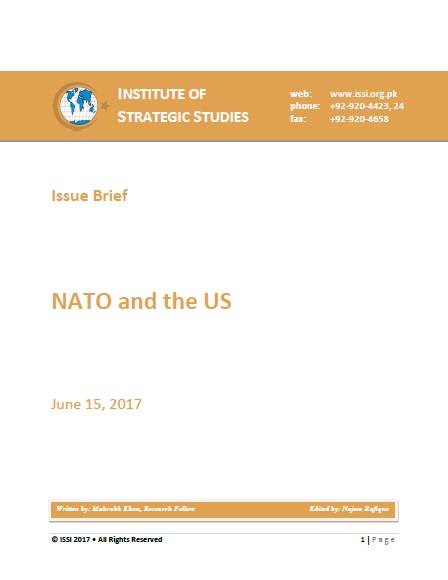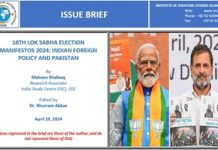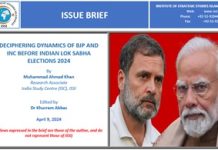Post the events of September 11, 2001 and the US invasion of Afghanistan, NATO has been an integral part of the US national security strategy. It has been an active part of US policy to defeat the Taliban in Afghanistan, in Iraq and in its fight against the ISIS. However, post the Trump presidency, there exists an atmosphere of confusion regarding the US changed approach towards NATO. President Trump has openly criticized the NATO calling it “obsolete” and that it wasn’t taking care of terror[1] as it should. He has been critical of NATO and its policies bluntly and has repeatedly asked his NATO partners to “pay their fair share” out of their respective 2 per cent of the GDP, otherwise the US will not come to their defense if need be, or limit its role in NATO altogether as a consequence. At the moment, President Trump have been successful in creating anxiety among many European countries.
The larger debate arises when the contrasting views of Donald Trump and his appointed defense secretary are held together. While Donald Trump strongly criticizes NATO, calling it old-fashioned, General James Mattis reaffirms European allies of their full support[2]. This asymmetry if looked at closely is not different at all; President Trump is evaluating NATO from a completely different point of view which is more business in nature. Whereas his administration officials look at it from more of a strategic and tactical point of view. In either case, the US is to get the most out of NATO as it will maintain an upper hand either by directly bulling NATO members to pay the required monetary support, pushing them to do as the US says, or reevaluating and changing the existing NATO policies as per US wants and desires.















